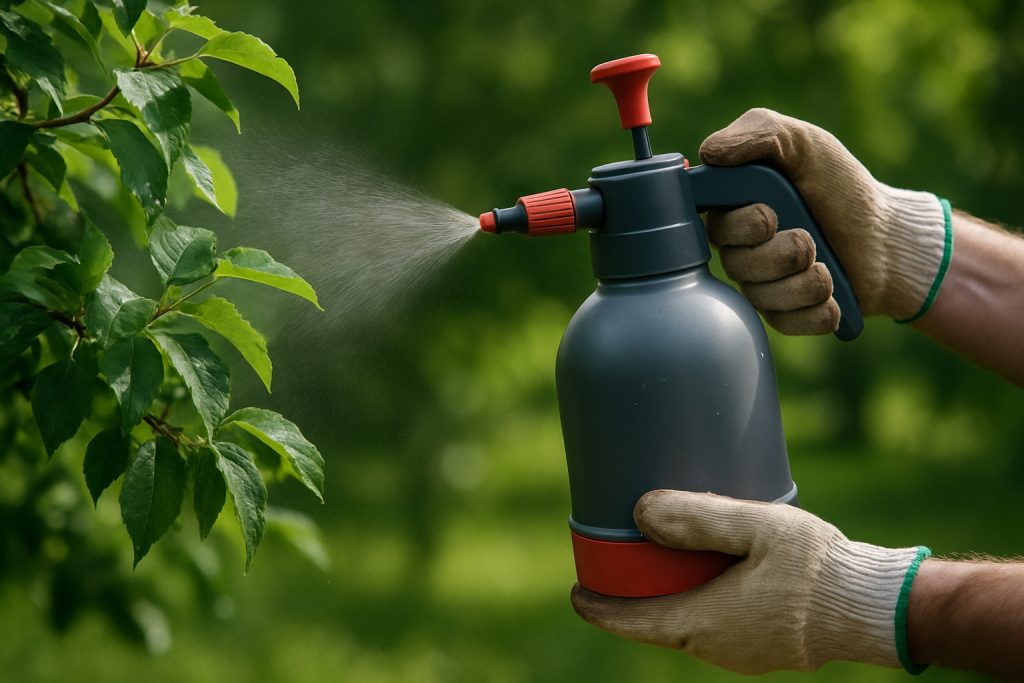Tree disease doesn’t wait—and neither should you.
In the heart of Chester County, where sprawling woodlots meet refined landscapes, the health of your trees isn’t just an aesthetic detail—it’s foundational to your property’s value, safety, and ecological integrity. When disease takes hold, its impact can be swift and devastating. That’s why discerning homeowners and property managers turn to tree care professionals who understand the biology behind the bark. If your trees are showing signs of distress—unseasonal leaf loss, odd growths, or unexplained dieback—taking action now can mean the difference between revitalization and removal.
Understanding what your trees are really telling you
Trees communicate through subtle shifts—discoloration, lesions, weakened limbs. In a diverse ecosystem like Chester County, where native oaks, maples, sycamores, and evergreens coexist, tree diseases present in many forms and require a nuanced, species-specific approach. Common threats in the region include anthracnose, bacterial leaf scorch, root rot, and cankers, often exacerbated by the humid Pennsylvania summers or prolonged periods of drought. But symptoms alone don’t tell the whole story. Diagnosis must consider the tree’s history, nearby plantings, and even surrounding construction or soil compaction.
The role of precise diagnosis and customized treatment
Not all treatments work for every tree or condition. That’s where trained arborists come in—equipped with the tools and knowledge to accurately identify pathogens and pests. Once the issue is diagnosed, a treatment strategy is developed using methods tailored to the tree species, the progression of the disease, and the property’s ecosystem. This might include soil amendments, systemic injections, fungicide applications, or pruning to remove infected areas and stimulate healthy growth. No two properties are the same, and treatment plans should reflect the individual nature of your landscape and its specific challenges.
Why local expertise matters in Chester County
The rolling terrain and microclimates of Chester County add another layer of complexity. Trees that thrive in the Brandywine Valley’s moist lowlands may struggle in upland developments with shallow soils. Likewise, suburban expansion has led to increased tree stress from compacted soil, poor drainage, and invasive species. Local knowledge is essential. Professionals familiar with the region understand how elevation, soil pH, and native pest cycles impact disease development and response. Without this insight, even well-intentioned treatment can fall short—or worse, accelerate decline.
Preventative care: your first line of defense
One of the most overlooked strategies in managing tree disease is prevention. Annual inspections, especially during transitional seasons, help catch early-stage infections before they spread. Mulching correctly, ensuring adequate watering during dry spells, and avoiding over-pruning can all play a role in strengthening a tree’s natural defenses. In some cases, inoculations can be applied in advance of known local outbreaks, particularly for high-value trees in sensitive areas. When it comes to tree health, consistency trumps crisis response.
What you can expect when scheduling treatment
Once an evaluation is requested, the process begins with an on-site consultation. Trained specialists examine affected trees, assess overall health, and investigate contributing environmental stressors. Lab analysis may be used to identify obscure pathogens. You’ll receive a clear, no-pressure explanation of findings, recommended treatments, and a proposed timeline. The goal isn’t just to fix what’s visible—it’s to support the entire biological system surrounding the tree. Follow-up visits may be scheduled as needed to monitor progress and adjust treatment if necessary. Transparency and education are prioritized every step of the way.
Long-term tree health benefits more than just curb appeal
Trees are more than ornaments—they’re long-term investments in your property’s character, shade, and energy efficiency. Healthy trees anchor soil, reduce stormwater runoff, and contribute to biodiversity. On the other hand, untreated disease can lead to hazardous limb failure, full tree loss, or the spread of infection to surrounding trees. Taking care of ailing trees today prevents larger, more expensive problems tomorrow.
Don’t wait until it’s too late to intervene
If your trees are showing signs of decline—or if you simply want the peace of mind that comes with expert care—now is the time to act. Disease rarely resolves on its own, and waiting can mean missed windows of opportunity. Secure your evaluation and treatment slot before the seasonal calendar fills up. Reach out today to begin the process—whether by calling our knowledgeable team or using the easy online form to schedule your consultation. The sooner your trees receive professional attention, the better the outcome for your entire landscape.


